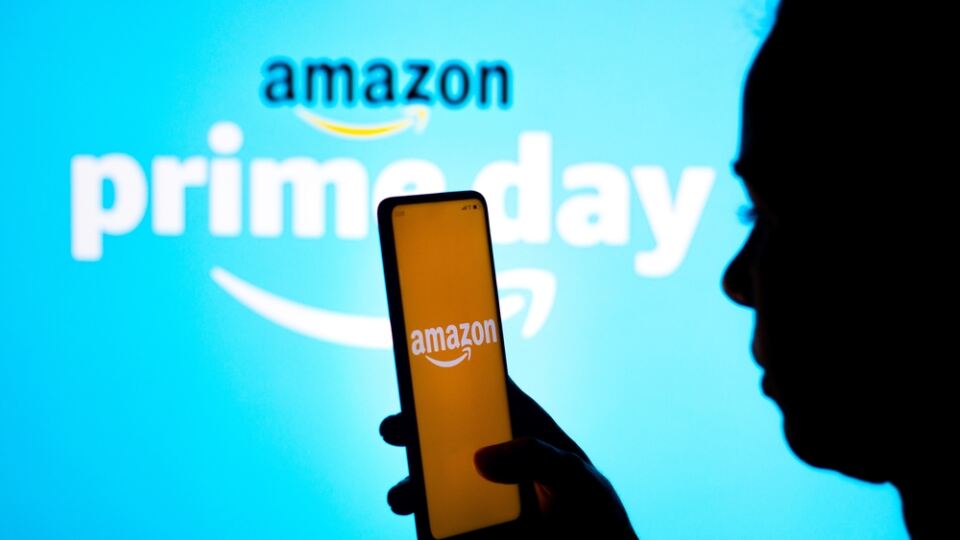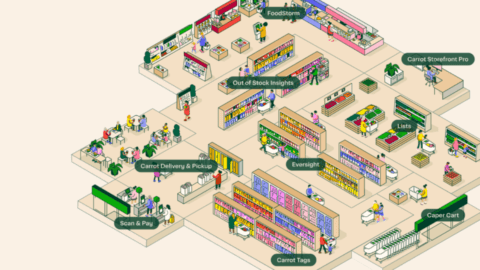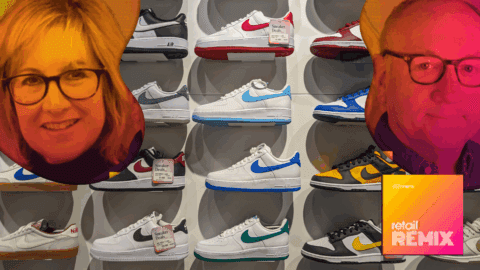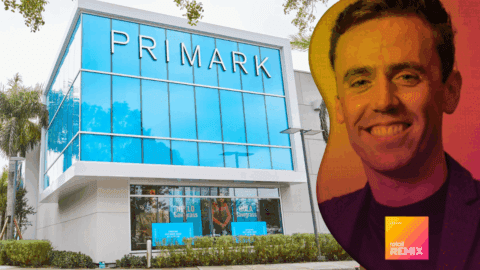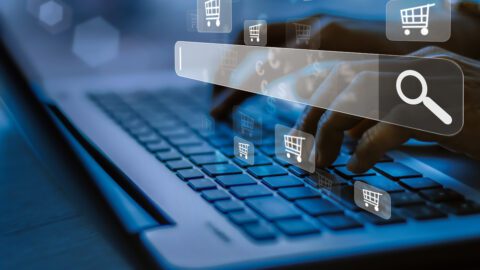Rising inflation did little to slow Prime Day’s growth: Amazon reported more than 300 million items sold worldwide, while the Adobe Digital Economy Index recorded total U.S. spend of $11.9 billion, up 8.5% from Prime Day 2021. However, the current economic climate did affect what shoppers purchased — they were more interested than ever in replacing old appliances and stocking up their pantries — while livestreams helped brands cut through the noise created by thousands of promotions.
“Given where we are with the economy and the inflation, consumers now more than ever have a fixed wallet and are looking to stretch their dollar as far as it can go,” said Natalie Kotlyar, Assurance Partner; Retail & Consumer Products Industry National Practice Leader at BDO in an interview with Retail TouchPoints. “That was one of the things that they were waiting to see: ‘Am I going to do my holiday shopping currently? Are there going to be incredible deals that I could take advantage of in order to get my back to school shopping done and my holiday season shopping started, or just for things I need?’”
Discount levels remained low, although higher overall than what was offered in 2021. The top category in terms of price drops for both years was toys, at 15% in 2022 and 12% in 2021, while electronics averaged 6% discounts in 2022 compared to 3% last year, according to Adobe. However, the most important takeaways weren’t about the size of the discounts — they were about how customers shopped during the holiday:
- Come for the deals, stay for the essentials: Big price drops on large, popular items have been catching Prime Day shoppers’ eyes for years, but it was smaller essentials like food and back-to-school items that drove the actual sales — and Amazon leveraged this well;
- Chances to stock up bring older shoppers back: Interest in stocking up and preparing for back-to-school meant shoppers filled their pantries at CPG retailers (and other that usually rely on steady, infrequent visits, giving these merchants a chance to use sales to bring back lapsed customers; and
- Livestreams forge new connections: Prime Day can be a chaotic event for shoppers as they search for the best deals on the right products, and Amazon’s focus on livestreaming this year gave its brand ambassadors a personalized way to guide shoppers through this process.
Products Searches Drove Shoppers Toward the Essentials
Inflation has proven that it can drive sales, rather than reduce them, when discounts are involved. Google found that search interest for “Best Deals” more than doubled on July 12 versus the day before, which the company attributed to shoppers “doing their due diligence in researching the products at the lowest prices, even on these retail sale holidays.” Amazon’s Jon Batiste-led television spot paid off too, contributing to 6.8 million branded searches for Prime Day since the campaign launched in June — twice as many searches as in 2021, according to data from EDO.
Amazon benefitted from this search behavior by doing something that has become standard practice with its Prime Day promotions: partnering with major brands to offer significant discounts on hot items. Kotlyar noted that Apple Watches, which are rarely discounted, brought shoppers to the site. However, once there, items like food, snacks and back-to-school products are what actually drove conversions — all of which was likely in line with Amazon’s expectations.
“I think that it all points to the fact that Amazon understands their customer, and they are pivoting to where they think they can generate the greatest amount of sales by offering these types of products,” said Kotlyar.
Back-to-school products also were popular essentials on Amazon and beyond. In fact, 42% of shoppers said some of their Prime Day purchases were specifically for this occasion, up from 38% in 2021, according to data from Blue Yonder. Shoppers looking to stretch their dollars were willing to shop earlier if they saw a good deal, and this also drove sales of some larger purchases.
“We saw that teachers were stocking up to their classrooms, and that parents didn’t want to wait until closer to the school year’s start for back-to-school items that are bigger-ticket purchases,” said Val Geisler, Head of Customer Advocacy at Klaviyo in an interview with Retail TouchPoints. “Things like a new laptop or tablet are a little bit [more expensive], and they were taking advantage of deals during this time to prepare for that.”
Stocking-Up Sales Bring Shoppers Back for Trusted Brands
Of course, Prime Day has grown well beyond Amazon. RetailMeNot saw more than 337 retailers launch promotions during the Prime Day period, with the majority focusing on flash sales that aligned with Amazon’s dates and many using “Prime” in the names of their deals to directly “participate” in the event. The shopping holiday can be a good time for brands to attract new customers, and it also serves as a chance to bring lapsed shoppers back into a retailer’s ecosystem.
Many of Klaviyo’s CPG partners used Prime Day as an opportunity to discount pantry items that customers might want to stock up on, according to Geisler. This presented a dual opportunity: to build baskets by encouraging larger orders and as a particularly good tool for rebuilding loyalty with older shoppers who remember a retailer from previous positive experiences but haven’t been back recently.
“Existing customers are going to be more prone to those stock up-and-save sales,” said Geisler. “They already know the product works. Given the economic factor, you want to know that what you’re buying is going to be something that you’re going to use and that you like, and if you’re already a customer of a brand you know that. [For the retailer,] it’s all about restocking products during that time. Maybe a brand is back in stock with some favorite items people love but [that] were sold out before. There’s a little bit of bringing previous customers back into the fold.”
Prime Day 2022 encouraged this behavior for the same reason it made back-to-school purchases popular: economic uncertainty meant shoppers wanted to make purchases they know will be the best deal — for at least a while. This lesson may carry over to back-to-school and even the holiday season if inflation remains at the top of peoples’ minds.
“That’s where I think the economy plays in — it’s making people look at a broader calendar,” said Geisler. “Instead of thinking about what I need right now, it’s ‘What will I need over the next couple of months?’”
Livestreaming Builds on Connections and FOMO
This Prime Day has developed a small but significant livestreaming component, with thousands of creators on Amazon Live Prime Day streams attracting more than 100 million views. While the shopping event may not be ready for livestreaming on the level of Alibaba’s Singles Day festival, the technology was an important way for Amazon and other retailers to guide shoppers through the vast number of deals to find what they were looking for.
“I think the livestream [aspect] is a great way for their influencers to connect with their consumers, especially on Prime Day,” said Kotlyar. “Prime Day can be overwhelming with the number of products that are on sale. Where do I go? Where do I start? But if you’re following an influencer that you connect with, and they help guide you through Prime Day, it’s easier for consumers to make those Prime Day purchases.”
Live shopping in particular was successful for non-Amazon retailers looking to hold onto deal-hungry shoppers. It’s one thing for a customer to learn about a deal, but catching a live demonstration of how and why it works can truly seal a conversion.
“There are tons of opportunity in livestreaming to capture customers right away,” said Geisler. “It really plays off of that FOMO when there’s people in comments talking about the product while being able to see it in action — particularly with a product like a beauty product, where you have someone to put it on and talk about how it feels and things like that. Putting the right product in livestreaming is incredibly impactful, and we definitely saw a lot of our customers taking that route.”




